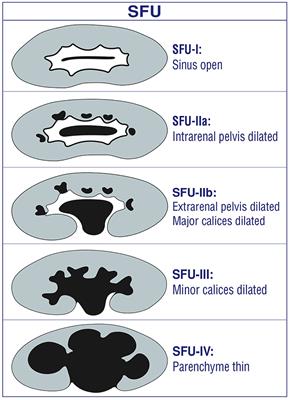ORIGINAL RESEARCH
Published on 13 Dec 2021
Comparison of Drainage Methods After Pyeloplasty in Children: A 14-Year Study
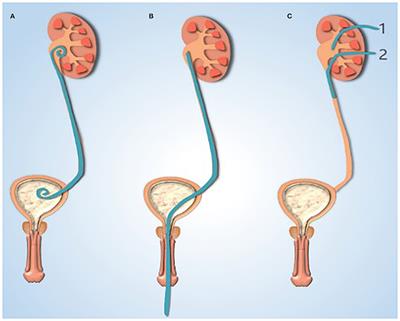
doi 10.3389/fped.2021.779614
- 4,141 views
- 8 citations
25k
Total downloads
353k
Total views and downloads
ORIGINAL RESEARCH
Published on 13 Dec 2021

SYSTEMATIC REVIEW
Published on 29 Jul 2021
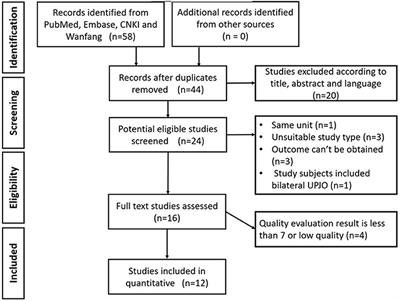
SYSTEMATIC REVIEW
Published on 28 Jul 2021
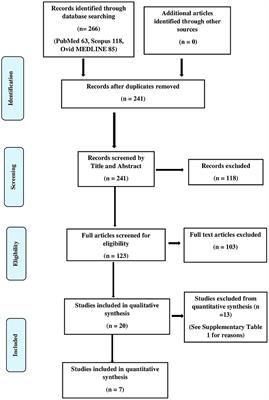
ORIGINAL RESEARCH
Published on 14 Jun 2021
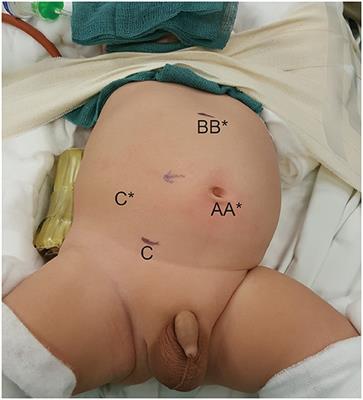
ORIGINAL RESEARCH
Published on 12 Apr 2021

ORIGINAL RESEARCH
Published on 10 Mar 2021
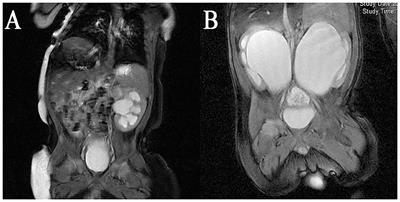
GENERAL COMMENTARY
Published on 03 Dec 2020
ORIGINAL RESEARCH
Published on 10 Nov 2020
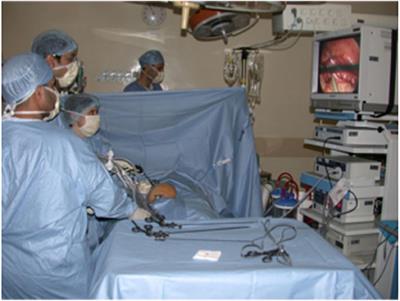
REVIEW
Published on 30 Sep 2020
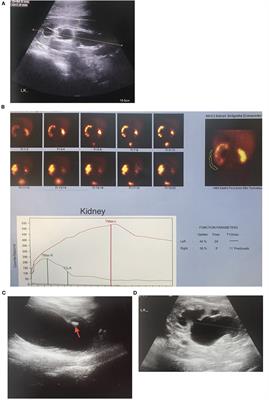
REVIEW
Published on 16 Sep 2020
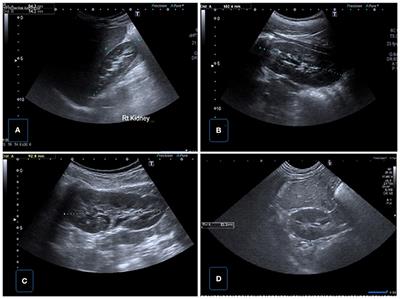
REVIEW
Published on 04 Sep 2020

REVIEW
Published on 27 Aug 2020
